Sport and Meditation: A Path to Balanced Living
Chosen theme: Sport and Meditation: A Path to Balanced Living. Step into a space where sweat meets stillness, science meets story, and daily practice becomes a gentle, powerful rhythm. Subscribe, comment, and train your body and attention together.
Why Balance Matters: The Physiology of Sport and Meditation
Intense workouts activate the sympathetic system, priming power and speed, while meditation recruits the parasympathetic, restoring calm and clarity. Together they build resilience, letting you push hard, recover deeply, and return tomorrow stronger.
Why Balance Matters: The Physiology of Sport and Meditation
Endorphins brighten mood after effort, and meditation fosters alpha and theta rhythms linked to relaxed attention. This pairing steadies emotions, expands perception under pressure, and helps you notice early fatigue before it derails training.
A 20-Minute Morning Flow
Begin with five minutes of nasal breathing and intent setting, then eight minutes of mobility and light cardio, finishing with seven minutes of focused body awareness. It’s short, doable, and surprisingly transformative when repeated consistently.
Micro-Meditations Between Sets
Use forty-five seconds of soft gaze and breath-counting between strength sets. Feel feet, grip, and jaw release. Your next lift often feels smoother, with cleaner technique and less wasted tension.
Evening Wind-Down for Recovery
Close the day with ten minutes of yoga nidra or a simple body scan, followed by three gratitude lines. Message us your favorite routine, and we can feature it to inspire fellow readers.
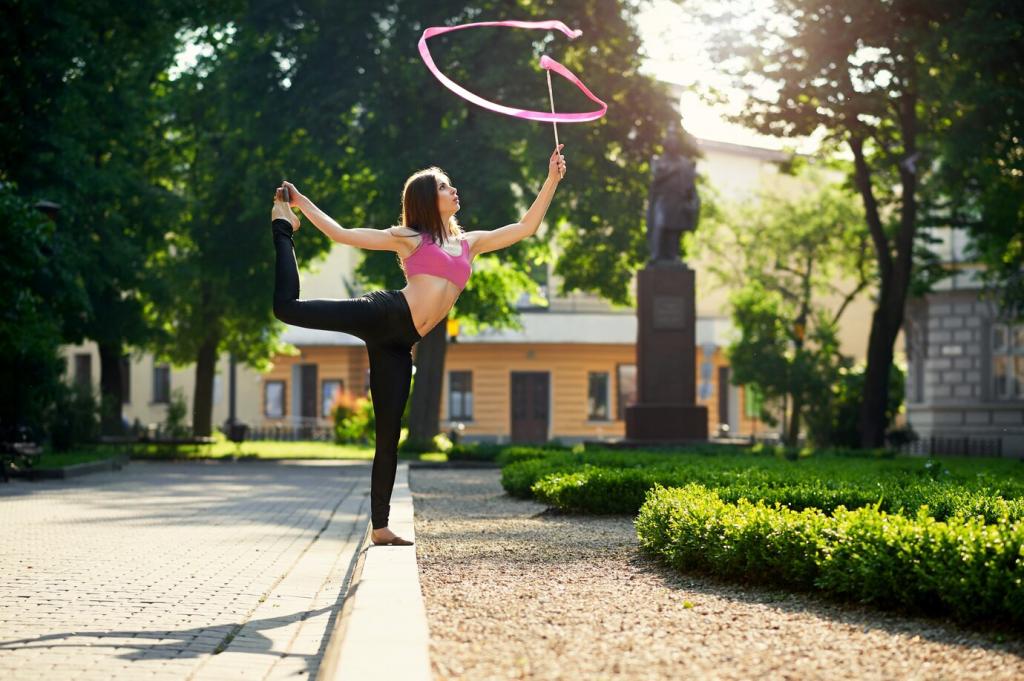
After months stuck at the same 5K time, Dana added six minutes of breath work post-run. Within eight weeks her splits stabilized, race anxiety faded, and she finally broke through without increasing weekly mileage.
From Track to Cushion: Stories of Transformation
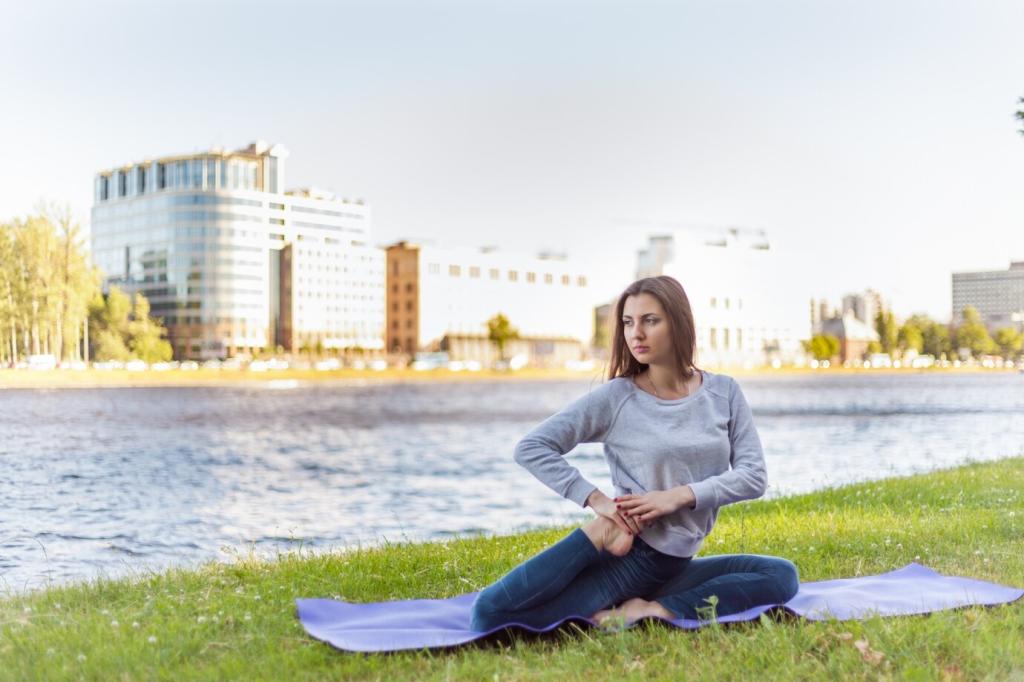
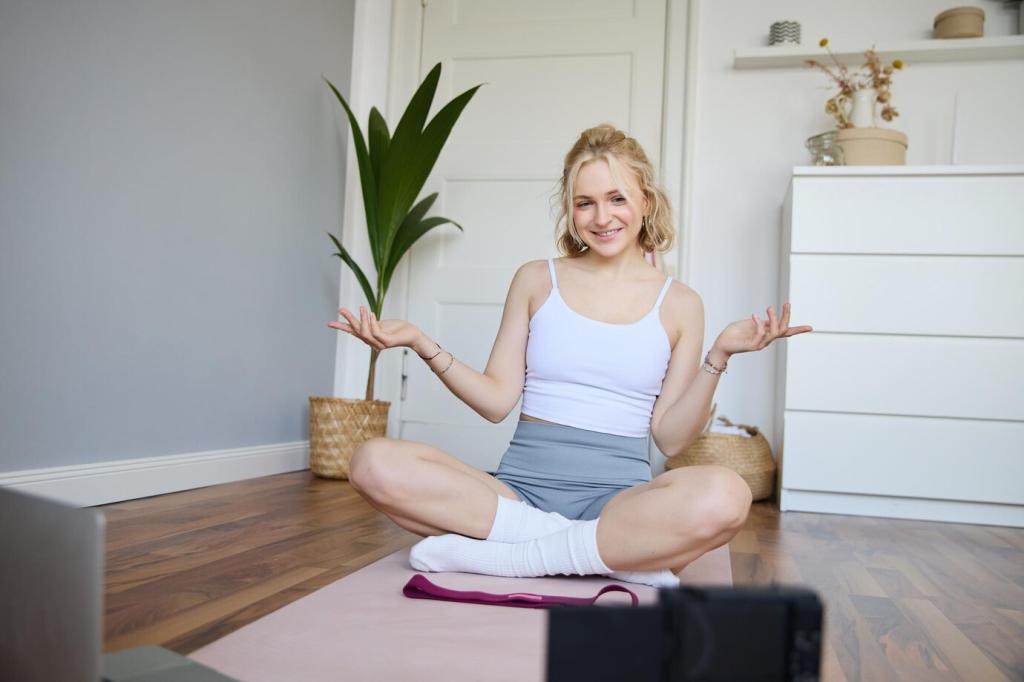
Techniques That Blend Movement and Mindfulness
Match exhales to strides during tempo segments, then extend exhale by one count during recoveries. This anchors pacing, moderates effort spikes, and keeps your mind steady when legs start speaking louder than intention.
Techniques That Blend Movement and Mindfulness
Walk slowly after training and scan from crown to toes. Notice hot spots, tingles, and ease. Curiosity replaces judgment, guiding smarter recovery decisions and smarter tomorrow plans.
Nutrition, Focus, and the Quiet Mind
Pre-Workout Clarity
Five mindful breaths before you eat help you choose simpler carbs and familiar foods before intensity. Notice satiety cues and avoid last-minute experiments that sabotage stomach and session.
Hydration as a Practice
Sip with presence. Set gentle timers, but also watch urine color and mood. Dehydration masquerades as irritability and distraction; mindful drinking steadies attention and makes pacing decisions easier.
Post-Workout Presence
Eat slowly for fifteen minutes, feeling texture and temperature. A short reflection on one win and one lesson cements learning, and we’d love your notes in the comments to inspire the community.
Measure, Reflect, Grow
Set a recurring date with yourself to review sessions, moods, and sleep. Keep it kind, concise, and consistent. Share your template with us, and grab ideas from fellow readers.
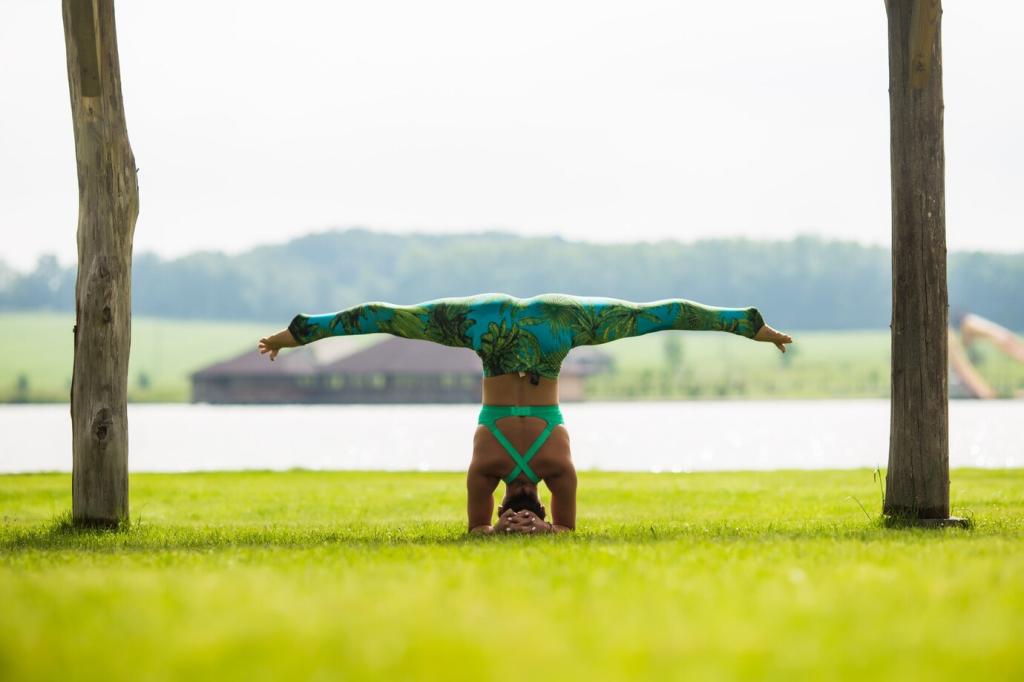
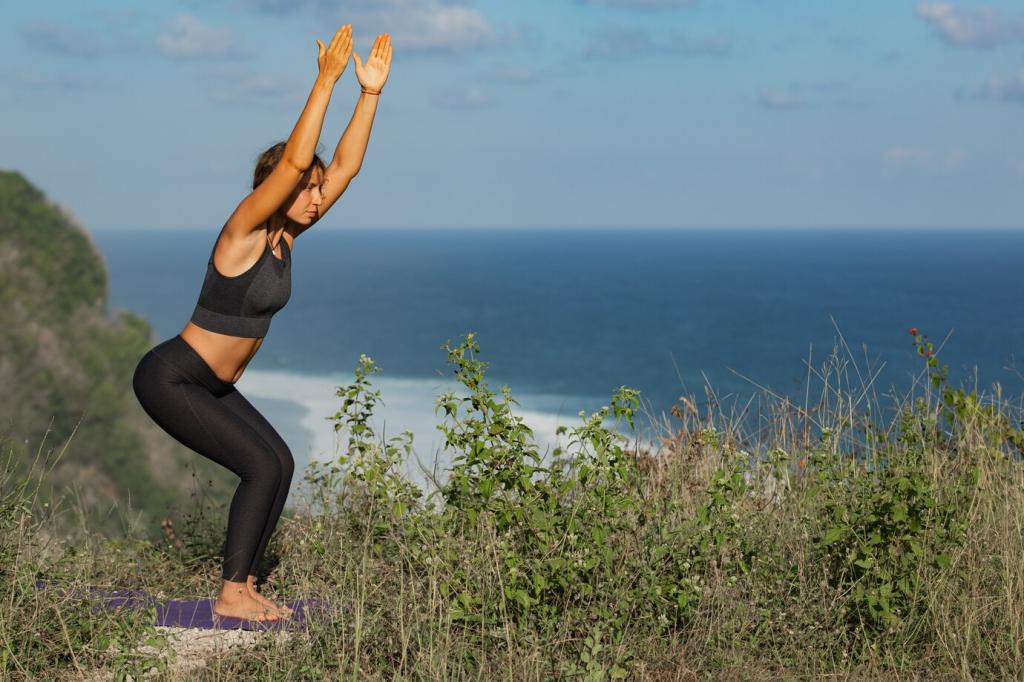
Measure, Reflect, Grow
When numbers stall, adjust one variable: rest day, interval length, or meditation duration. Curiosity beats panic. Tell us what you tweak, and we’ll compile a reader-tested playbook.
Join our mailing list
